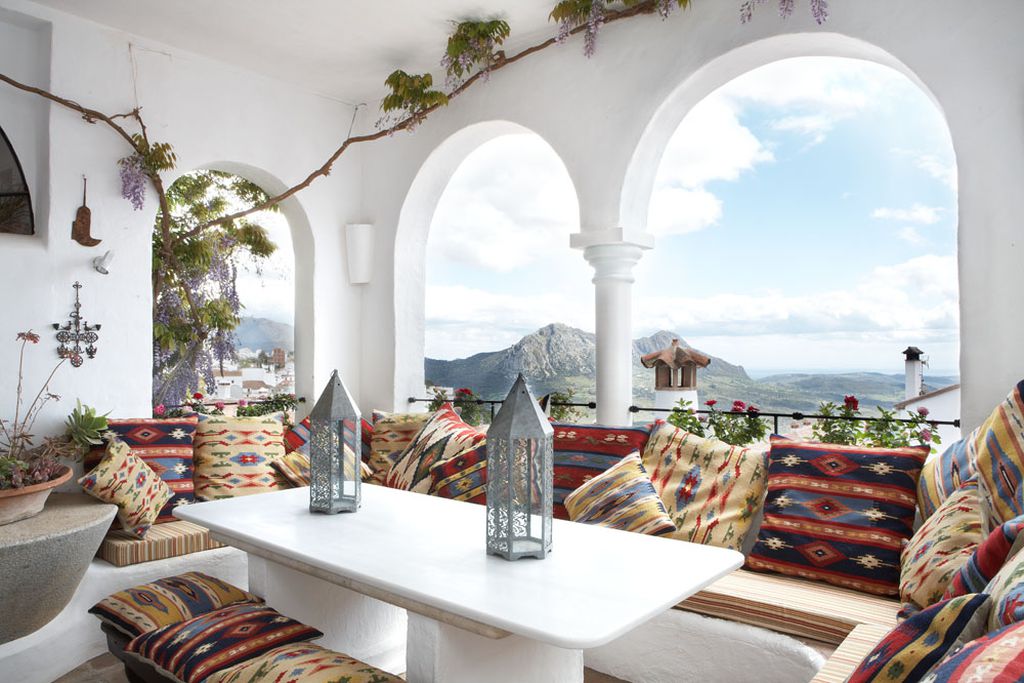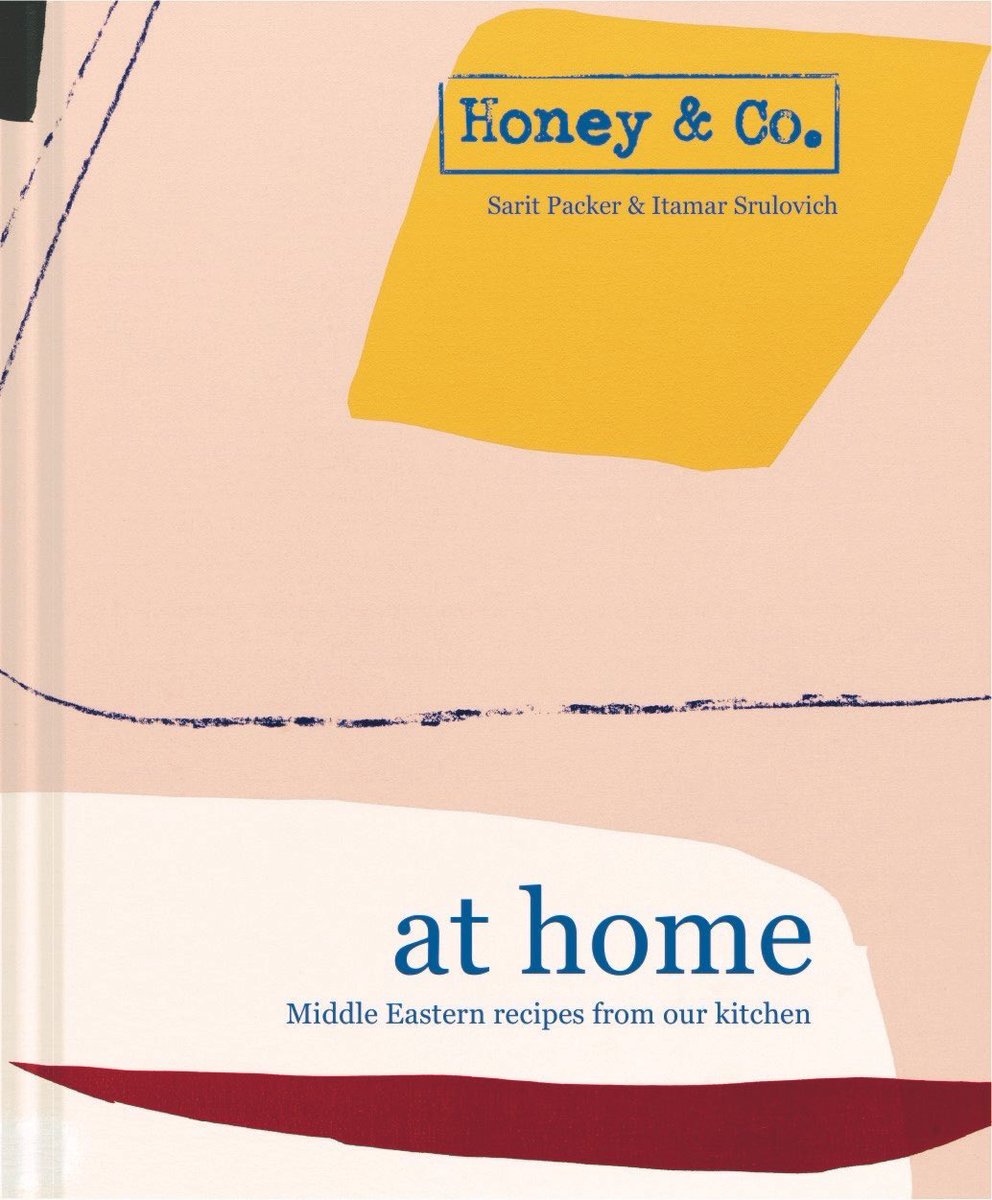Back to school…our little dotes are busily settling back into school, some making new friends others reacquainting with special pals from last term. It can be an anxious time for both children and parents and now we hear the deeply worrying statistics that anxiety and depression among children, teens and third level students is increasing at a really alarming rate. No doubt there are many contributory factors…the internet is an easy target, ‘helicopter parenting’…is a new one on me...apparently it refers to parents who ‘hover overhead’, overseeing every aspect of a child’s life, rather than allowing them to acquire basic life skills, usually learned by trial and error.
Whatever the challenge, I am completely convinced that the food children eat is vitally important for both their physical and mental health and their ability to cope with the stresses of everyday life.
So of all our many responsibilities we have as parents and there are many, one of the most important of all is to make sure that our children eat real food. It’s an investment in their future both in health and socio-economic terms. No one is saying this is easy in the frantic world we now inhabit, but somehow it must be done.
The morning is crazy busy in most households as parents try to get themselves and kids fed, school lunches made and their kids off to a crèche and/or school all before 8.00am.
So what to do, now I am going to sound unbearably bossy, but take my advice and ditch the cereal packets. I’m a big porridge fan, otherwise oatmeal fruit muesli or granola with a banana or some fresh fruit, All can be ready from the night before…
Children from seven upwards can learn how to make each of these and be proud of their achievements.
A simple fried egg, pretty much a whole protein and a slice of brown bread will set them up for the day. Most 5 or 6 year olds can learn how to fry an egg, Yes they can...and they have the wit to know the pan is hot!
After all, I’m the oldest of 9 kids, so no ‘helicopter parenting’ in our house, everyone had their own little jobs and so we inadvertently learned life skills and were proud of what we could do and anxious to help Mum (a widow at 36).
I’m a big believer in the value of freshly squeezed orange juice to provide a shot of vitamin C and many other good things each morning to protect from winter colds and flus. Buy a small electric juicer, they’re worth every penny and once again a 7 – 8 year old can make juice, pure and delicious with no additives (save and dry the citrus peels for firelighters).
This week I’m going to concentrate on a simple pre-school (or work) breakfast.... I urge you to make or seek out good bread and I’ve become more and more convinced that it needs to be made from organic flour as research clearly shows glyphosate residues in non-organic products. Look on it as an investment in your family’s health – save on supplements and meds and build up healthy gut biomes in all the family.
We can no longer say we don’t know the danger pesticides and herbicide residues are doing to our health, the research is there…
After all glyphosate is registered as an antibiotic and is known to cross the placenta barrier. Austria became the first country to Europe to ban glyphosate in June 2019, others will follow - It’s an extremely problematic subject but back to the kitchen....
Flahavan’s, the famous seventh generation family from Kilmacthomas in Co Waterford, sell organic oat flakes but their non-organic porridge is also glyphosate free because Flahavan’s banned their growers from using glyphosate over 20 years ago. Pat and Lily Lawlor’s creamy Kilbeggan Oatmeal too is organically grown and widely available. We are also big fans of Donal Creedon’s Macroom Oatmeal with its unique toasted flavour and texture.
Flaked oatmeal porridge can be made in minutes. Pinhead oats or Macroom can easily be made the night before and re-heated in just a few minutes the following morning when you are bleary eyed and trying to wake up. I love it with a sprinkling of soft brown sugar and a drop of Jersey cow milk, but I notice that the young people nowadays enjoy porridge with all manner of toppings. Fresh or stewed fruit, compotes, peanut butter, jam, honey, nuts…the more the merrier to give them energy and vitality to power through the day.
This fruit muesli, a Ballymaloe favourite for over 70 years, changes with the seasons. Add crushed berries or grated Irish dessert apples – they are in season now... If you have an apple tree you’ll probably have a glut, don’t waste a single one, they make delicious apple juice to drink fresh, freeze or try your hand at cider, but we are wandering away from breakfast!
Kilbeggan Organic Porridge
Serves 2 -4
Mix a large cup of porridge oats with 2 cups of cold water or milk. In a saucepan, bring slowly bring to the boil and simmer for 3 to 4 minutes stirring all the time. Reduce cooking time if the oats are soaked overnight. My grandchildren love porridge with peanut butter – sounds bizarre but it’s nutritious and delicious!
Variation
To further enrich your porridge, you can add your own selection of organic fresh fruits, nuts, honey, cinnamon…
Macroom Oatmeal Porridge
Serves 4
Virtually every morning in winter I start my day with a bowl of porridge. Search out Macroom stoneground oatmeal which has the most delicious toasted nutty flavour. It comes in a lovely old-fashioned red and yellow pack which I hope they never change.
155g (5 1/2ozs) Macroom oatmeal
1.2 litres (2 pints) water
1 level teaspoon salt
Obligatory accompaniment!
Soft brown sugar
Bring 5 cups of water to the boil, sprinkle in the oatmeal, gradually stirring all the time. Put on a low heat and stir until the water comes to the boil.
Cover and simmer for 15-20 minutes, stirring occasionally. Add the salt and stir again. Serve with single cream or milk and soft brown sugar melting over the top.
Left over porridge can be stored in a covered container in the fridge – it will reheat perfectly the next day. Add more water if necessary.
Note
If the porridge is waiting, keep covered otherwise it will form a skin which is difficult to dissolve.
Ballymaloe Strawberry Muesli
Serves 8
This is a huge favourite with all our family and friends – it's such a good recipe to know about because its made in minutes and so good. We vary the fruit through the seasons – strawberries, raspberries, loganberries, blueberries and grated Cox’s Orange Pippin apples or Ergemont Russet in the Autumn.
6 tablespoons rolled oatmeal (Quaker Oats)
8 tablespoons water
250g (8oz) fresh strawberries
2-4 teaspoons honey
Soak the oatmeal in the water for 8-10 minutes. Meanwhile, mash the strawberries roughly with a fork and mix with the oatmeal. Sweeten to taste with honey, a couple of teaspoons are usually enough but it depends on how sweet the strawberries are.
Serve with pouring cream and soft brown sugar.
Granola
Granola is a toasted breakfast cereal, it’s super easy to make in a large batch and will keep fresh for several weeks in a Kilner jar. You can add all types of dried fruit and nuts to the basic recipe and top it with all manner of good things to make it even more nutritious and energy boosting.
Serves 20
12oz (350g) honey or golden syrup
8fl oz (225g) oil e.g. sunflower
1lb 1oz (470g) oat flakes
7oz (200g) barley flakes
7oz (200g) wheat flakes
3 1/2oz (100g) rye flakes
5oz (150g) seedless raisins or sultanas
5oz (150g) peanuts/hazelnuts, or cashew nuts split and roasted
2 3/4oz (70g/1 cup) wheatgerm and /or millet flakes
2oz (50g) chopped apricots, 1/2 cup chopped dates etc. are nice too
toasted sunflower or pumpkin seeds are also delicious
Preheat the oven to 180°C/350°F/Gas Mark 4.
Mix oil and honey together in a saucepan, heat just enough to melt the honey. Mix well into the mixed flakes. Spread thinly on two baking sheets.
Bake in the preheated oven for 20-30 minutes, turning frequently, making sure the edges don't burn. It should be just golden and toasted, not roasted!
Allow to get cold. Mix in the raisins or sultanas, roasted nuts, toasted seeds, chopped dates, apricots and wheatgerm. Store in a screw top jar or a plastic box, keeps for 1-2 weeks.
Serve with sliced banana, milk or yoghurt.


























